+86-18927501869
- All
- Product Name
- Product Keyword
- Product Model
- Product Summary
- Product Description
- Multi Field Search
 English
EnglishViews: 1275 Author: Site Editor Publish Time: 2025-05-31 Origin: Site
Welcome to the ultimate guide on China's wet wipes manufacturing. Whether you're a business owner looking to source wet wipes or a consumer curious about the products you use daily, this article will provide you with a comprehensive overview of the wet wipes industry in China. We'll dive deep into the types of wet wipes produced, the manufacturing process, the materials used, costs involved, and much more. By the end of this article, you'll have a thorough understanding of the wet wipes market and be well-equipped to make informed decisions.
Wet wipes have become an essential part of our daily lives. From cleaning babies to sanitizing surfaces, these versatile products offer convenience and hygiene. The global demand for wet wipes has been on the rise, and China has emerged as a leading manufacturer, supplying a wide range of wet wipes to markets worldwide. Understanding the intricacies of China's wet wipes manufacturing can help you navigate the market better and choose the right products for your needs.
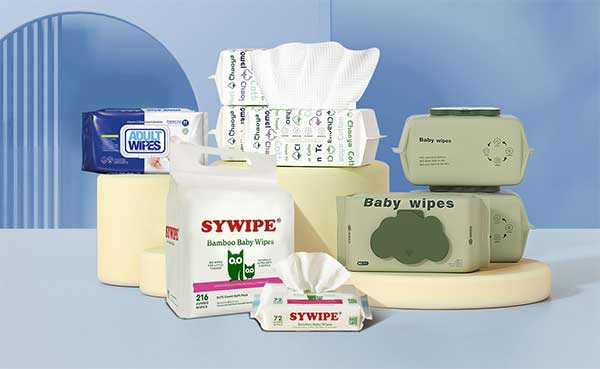
China's wet wipes manufacturers produce a diverse array of products to cater to various needs. Here's a detailed look at the common types of wet wipes:
Baby wipes are specifically designed to be gentle on a baby's delicate skin. They are commonly used during diaper changes and are formulated to be hypoallergenic and non-irritating. These wipes often contain natural ingredients like aloe vera and chamomile to soothe the skin. When choosing baby wipes, it's crucial to look for products that are free from harsh chemicals and fragrances to ensure the safety of your baby.
Personal hygiene wipes are perfect for quick clean-ups when access to a bathroom or shower is not convenient. These wipes are often used during travel, at outdoor events, or in healthcare facilities. They are designed to be effective in removing dirt and sweat while providing a refreshing feel. Look for wipes that are enriched with skin-friendly ingredients to maintain skin health.
Makeup remover wipes are a game-changer for those who want to remove their makeup quickly and easily. These facial wipes are formulated with ingredients that can dissolve different types of makeup, including waterproof mascara and lipstick. They often contain gentle cleansing agents and moisturizers to prevent skin dryness. When selecting makeup remover wipes, consider the type of makeup you use and choose a product that is suitable for your skin type.
Sanitizing wipes are essential for maintaining a clean and hygienic environment. These wipes are designed to kill bacteria and viruses on surfaces and are commonly used in households, schools, and healthcare settings. They contain disinfectants like alcohol or benzalkonium chloride to effectively eliminate germs. It's important to choose sanitizing wipes that are EPA-registered and proven to be effective against specific pathogens.
Pet wipes are a convenient way to keep your pets clean and odor-free. These wipes can be used to clean your pet's fur between baths or after they have been outside. They are formulated to be gentle on your pet's skin and often contain natural ingredients to reduce odors. When using pet wipes, make sure to choose products that are specifically designed for pets and avoid using human wipes, as they may contain ingredients that are harmful to animals.
Industrial wipes are heavy-duty products designed for use in industrial settings. They are used to clean tools, equipment, or hands that are dirty with grease or other substances. These wipes are often made from durable materials and are highly absorbent. They may also contain solvents or degreasers to effectively remove stubborn dirt and grime. When selecting industrial wipes, consider the specific cleaning requirements of your industry and choose a product that is suitable for your needs.
Electronics wipes are specially designed to safely clean various electronic devices, such as computer screens, smartphones, and televisions. These wipes are formulated to be non-abrasive and free from harsh chemicals that could damage sensitive electronic components. They often contain anti-static agents to prevent dust accumulation. When cleaning electronic devices, it's important to use wipes that are specifically designed for this purpose to avoid causing any damage.
Facial cleansing wipes are a convenient option for cleansing the face, especially when you're on the go. These wipes are usually infused with various beneficial ingredients for skin health, such as vitamins, antioxidants, and botanical extracts. They are designed to remove dirt, oil, and makeup while providing a refreshing and soothing effect on the skin. When choosing facial cleansing wipes, consider your skin type and specific skincare needs to select the right product.
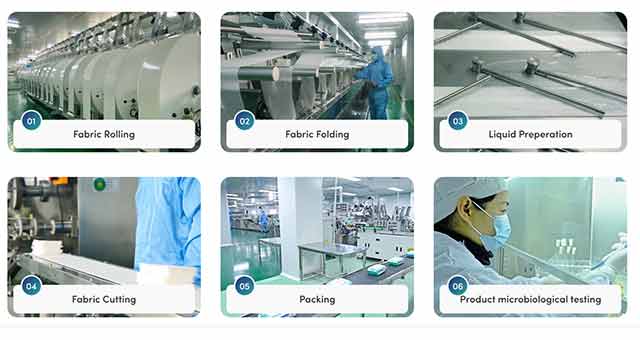
The production process of wet wipes involves several steps to ensure the final product meets the desired quality and performance standards. Here's a detailed look at the manufacturing process:
The first step in the manufacturing process is the preparation of the wetting solution. This solution is formulated to provide the desired characteristics of the wet wipes, such as cleaning, moisturizing, or disinfecting properties. The ingredients can include water, mild detergents, moisturizers, fragrances, and sometimes alcohol or disinfectants. The solution is typically prepared in large batches to ensure consistency across a large number of wipes.
Wet wipes are typically made from non-woven fabric, which is more cost-effective and easier to use than woven fabric. The fabric comes in large rolls and is loaded onto the production machine. Non-woven fabrics are chosen for their strength, absorbency, and ability to hold the wetting solution effectively.
The fabric passes through the wetting solution to ensure it is thoroughly saturated. This can be done in different ways, depending on the type of wipe and the production process. The most common method is to pass the fabric through a bath of solution, but it can also be sprayed on. The saturation process ensures that the fabric absorbs the solution evenly, providing consistent performance in the final product.
After the fabric has been saturated with the solution, it is then cut into the desired size and folded. The folding method depends on the packaging design. The wipes are cut and folded in a way that maximizes space efficiency and ensures easy dispensing from the packaging.
The wipes are then packaged, which could be in a large dispenser for household use, individual packets for hand sanitizing wipes, or resealable packets for baby wipes. The packaging process is usually automated and can pack a large number of wipes very quickly. The packaging is designed to protect the wipes from contamination and maintain their moisture content until they are ready to be used.
Each batch of wipes undergoes a thorough inspection to ensure quality and consistency. This involves checking the wetness level of the wipes, the strength of the fabric, and the sealing of the packaging. Quality control measures are in place to ensure that the final product meets the required standards and is safe for use.
Finally, the wipes are ready to be distributed to retailers or directly to consumers. Efficient distribution channels ensure that the products reach the market in a timely manner, meeting the demand of customers worldwide.

The choice of materials used in the production of wet wipes plays a crucial role in determining their performance and quality. Here are some of the most commonly used materials:
Polyester is a synthetic fiber that is known for its durability and resistance to many chemicals. It is often used in the production of wet wipes due to its ability to withstand wear and tear. Polyester wipes are quick-drying and maintain their strength even when saturated with the wetting solution.
Polypropylene is another synthetic fiber that is widely used in wet wipes manufacturing. It is cost-effective and highly resistant to acids, alkalis, and most solvents. This makes it a suitable choice for a variety of wet wipes, including industrial and sanitizing wipes. Polypropylene wipes are known for their strength and absorbency.
Cotton is a natural fiber that is soft and gentle on the skin. It is commonly used in the production of baby wipes and facial wipes due to its hypoallergenic properties. Cotton wipes provide a gentle cleansing experience and are less likely to cause skin irritation. They are also biodegradable, making them an eco-friendly option.
Rayon is a semi-synthetic fiber made from natural sources such as wood and agricultural products. It is highly absorbent and is used in a wide variety of wet wipes. Rayon wipes are known for their ability to hold moisture well, making them effective in cleaning and sanitizing applications.
Bamboo fiber is a natural, eco-friendly alternative that is increasingly used in the production of wet wipes. It is biodegradable and has natural antibacterial properties. Bamboo wipes are soft and gentan excellent choice for consumers who are conscious about sustainability.
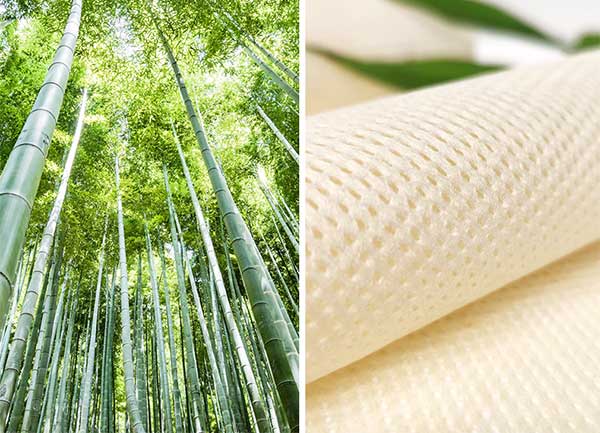
The cost of wet wipes from China manufacturers can vary significantly depending on several factors. Here's a detailed look at the factors that influence the pricing:
Different types of wet wipes have different production costs, mainly due to the ingredients of the wetting solution and the fabric used. For example, baby wipes and facial wipes that require gentler ingredients and softer fabrics may have a higher cost compared to industrial wipes.
The quality of the raw materials used in the wet wipes, such as the type of fabric and the ingredients in the wetting solution, significantly impacts the final product's cost. Higher quality, premium ingredients and materials will result in a more expensive product. When sourcing wet wipes, it's important to balance cost with quality to ensure you get a product that meets your requirements.
Nonwoven Fabric Comparison
Material | Cost/m² | Tensile Strength | Biodegradability |
PP Spunlace | $0.14 | 38N/5cm | 200+ years |
Cotton/PET | $0.19 | 42N/5cm | 5-10 years |
Bamboo Viscose | $0.26 | 29N/5cm | 90 days |
Eco-Tip: New PLA (polylactic acid) fabrics reduce carbon footprint by 62% versus traditional synthetics.
Typically, the cost per unit decreases as the quantity ordered increases. Bulk orders usually get a better price per unit due to economies of scale. If you plan to source wet wipes in large quantities, you can negotiate better pricing with the manufacturers.
If the wipes are being made for a specific brand and require custom packaging, this will increase the cost. Customization options such as logo printing, unique packaging designs, and special formulations can add to the overall cost of the product.
If you're importing wet wipes from China, you'll also need to factor in shipping costs, customs duties, and any other import fees. Shipping costs can vary depending on the destination, shipping method, and weight of the shipment. It's important to consider these costs when calculating the total cost of sourcing wet wipes from China.
As of my knowledge cutoff in May 2023, you might expect to see prices ranging from a few cents per unit for a basic, bulk-ordered wipe to several dollars per unit for a high-quality, brand-name product. However, this is a rough estimate, and prices can vary widely. For accurate and current pricing, you would need to contact manufacturers directly or work with a sourcing agent.
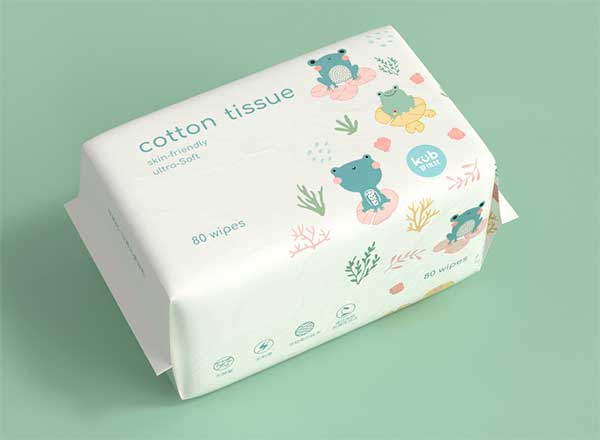
The quality of wet wipes produced by manufacturers in China can vary greatly depending on the manufacturer. China has a robust and diverse manufacturing sector that includes companies of all sizes, from small local factories to large-scale, globally recognized brands. The quality of products can range from low-cost, lower-quality items to high-end, high-quality goods.
Several factors can influence the quality of wet wipes produced by a manufacturer:
Manufacturers that adhere to international standards such as ISO (International Organization for Standardization) and have certifications like FDA (U.S. Food and Drug Administration) approval or European CE marking often produce higher-quality products. These certifications require stringent quality control and manufacturing processes, ensuring that the products meet the required standards.
The quality of the raw materials used in the wet wipes, such as the type of fabric and the ingredients in the wetting solution, significantly impacts the final product's quality. High-quality raw materials result in better-performing and safer products.
Advanced manufacturing processes and machinery can result in a more consistent and higher-quality product. This includes how the wipes are soaked, cut, folded, and packaged. Manufacturers with modern facilities and experienced staff are more likely to produce high-quality wet wipes.
Manufacturers with a long history and good reputation in the industry are often more reliable in terms of quality. They have more experience and have demonstrated a commitment to maintaining their brand's reputation. When choosing a manufacturer, it's essential to conduct thorough research and consider their experience and reputation.
Before choosing a manufacturer, it's essential to conduct thorough research, ask for samples, and, if possible, visit the manufacturing facility to ensure that the product meets your quality standards. You may also want to consider working with a sourcing agent or consultant who has experience in the industry and can help you navigate the process of finding and vetting manufacturers.
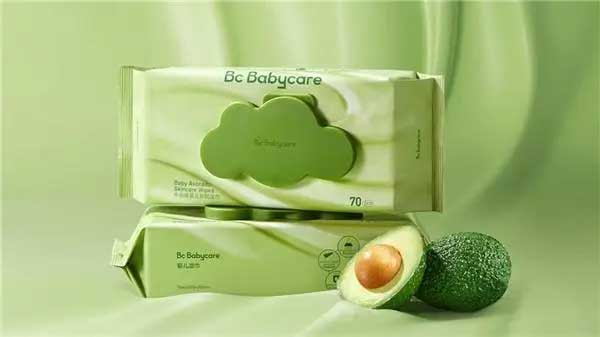
Choosing the right wet wipes manufacturer in China can be a daunting task, but with the right approach, you can find a reliable partner who can meet your quality and cost requirements. Here are some tips to help you make an informed decision:
Conduct thorough research on potential manufacturers. Look for companies that have a good reputation in the industry and adhere to international quality standards. Check for customer reviews and testimonials to get an idea of their performance and reliability.
Before placing a large order, request samples from the manufacturer. This will allow you to evaluate the quality of the product and ensure that it meets your requirements. Pay attention to the texture, absorbency, and effectiveness of the wipes.
If possible, visit the manufacturing facility to get a firsthand look at their operations. This will give you an idea of their production capabilities, quality control measures, and overall management practices. A well-organized and modern facility is a good indicator of a reliable manufacturer.
Ensure that the manufacturer has the necessary certifications, such as ISO, FDA, or CE. These certifications are a testament to their commitment to quality and adherence to international standards. Ask for copies of the certifications and verify their authenticity.
When negotiating with the manufacturer, discuss terms such as pricing, lead time, minimum order quantity, and payment terms. Make sure the terms are favorable to you and that you have a clear understanding of the expectations from both sides.
Look for a manufacturer with whom you can build a long-term partnership. A reliable and trustworthy partner can help you grow your business and ensure a consistent supply of high-quality wet wipes. Consider factors such as their ability to scale production, flexibility in customization, and willingness to collaborate on product development.
In this article, we have explored the world of wet wipes manufacturing in China. We have delved into the different types of wet wipes produced, the intricate manufacturing process, the materials used, costs involved, and factors that influence the quality of the products. By understanding these aspects, you can make informed decisions when sourcing wet wipes from China.
Choosing the right wet wipes manufacturer is crucial for ensuring the quality and reliability of the products you offer to your customers. Conduct thorough research, request samples, visit manufacturing facilities, and look for certifications to find a trustworthy partner. By following these tips, you can build a successful long-term partnership and meet the growing demand for high-quality wet wipes in the market.
We hope this article has provided you with valuable insights into the wet wipes industry in China. If you have any further questions or need assistance in sourcing wet wipes, feel free to reach out to us. We are here to help you navigate the market and find the best solutions for your business.
Sywipe seizes every opportunity to use high-quality resources, including peer-reviewed research, to support the facts in our article. Learn more about our factory and how to keep the content accurate, reliable, and trustworthy.
Discover Wipes Manufacturers in 2025: Insights and Trends
Unveiling the Material of Wipes: What are Wipes Made of?
Elevate Your Brand - Your Premier Private Label Wet Wipes Manufacturer
Our Customers Always Come First
Trust is the Foundation of Our Service
sales@clean-wipe.com
sywipe@clean-wipe.com
Room 4611, No. 372 Huanshi East Road, Yuexiu District, Guangzhou,China.
+86-18927501869 / +86-20-81608597
/ +86-18927501869